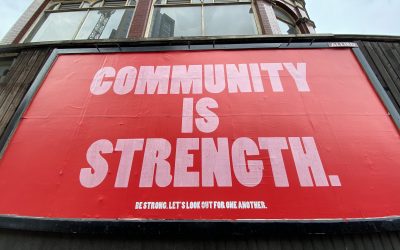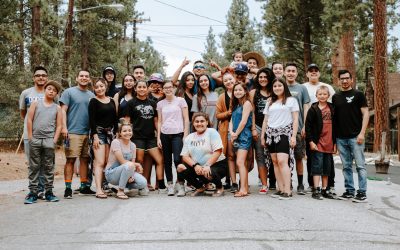
When looking at communities and trying to de-construct and understand how they work, we can often approach it from an overtly task-based approach – identifying methods in which communities are successful at *doing stuff*. Of course, effective, measurable outcomes are important in community, but it is also critical to sometimes help your community step back and identify some of the things we often take for granted, one such thing being *friendships*.
Everyone, and by that I mean *everyone*, including you, dear reader, needs to feel respected and socially connected with fellow community members – if this most basic need is met, *effective community* can give you a sense of belonging that is difficult to replace. Communities that get this right experience incredible commitment from their members, and their members engage at not only a collaborative level, but a social level too. Retention, be it staff or volunteer, is critical to the success of any collaborative group, and you can translate this into *foster a culture of people being decent to each other, which invariably results in friendships, and they will be happy and stick around*. Of course, this culture will not paper over the cracks of bad processes, resource issues, bottlenecks and other unsavoury problems, but good community is about multiple strands coming together to form a solid, consistent picture.
It can often be tempting to let the pieces of the jigsaw overshadow the bigger picture, don’t let it happen to your community. 🙂








